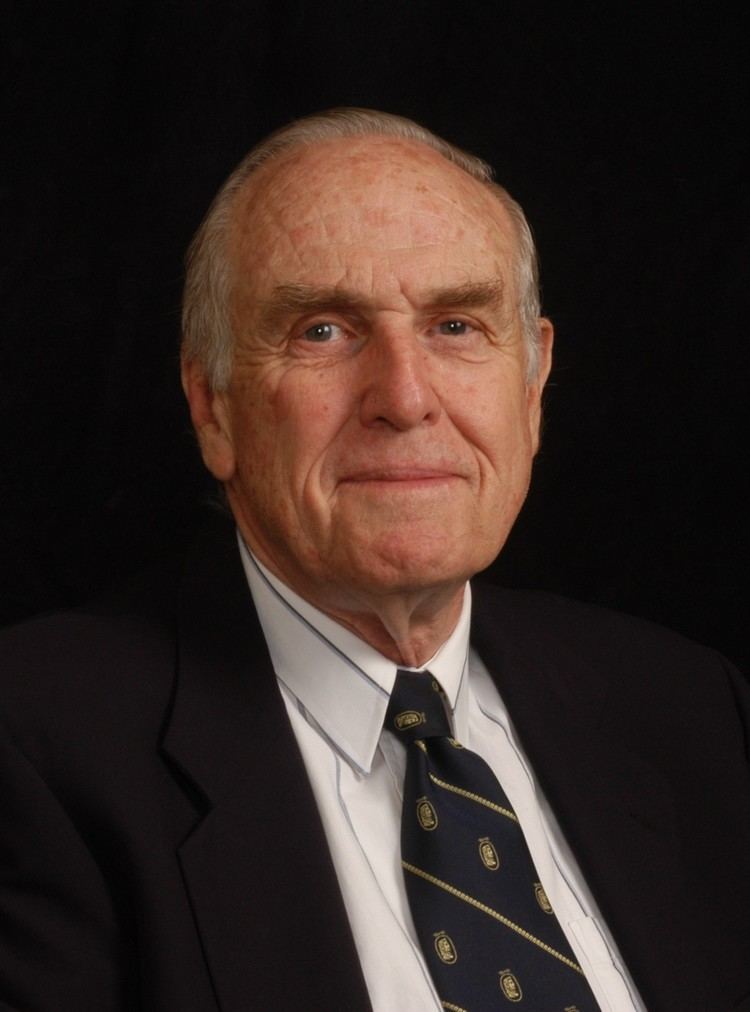Name Victor Fuchs | Role Columnist | |
 | ||
Books Who Shall Live?: Health - E, Women's quest for economic, The Health Economy, The future of health policy, How We Live | ||
Victor Robert Fuchs (born 1924) is an American health economist. He has been called "the dean of health economists" by New York Times economics columnist David Leonhardt.
Contents
Career
He is the Henry J. Kaiser, Jr. Professor at Stanford University, emeritus. Since 1962, he has been a research associate at the National Bureau of Economic Research and is the co-director of the FRESH-Thinking Project, CASBS, at Stanford University. Fuchs was elected to the American Academy of Arts and Sciences in 1982, and to the American Philosophical Society in 1990. In 1995, he served as president of the American Economic Association.
Comparison of healthcare in Canada and US
Also, Fuchs published a paper, with James S. Hahn, in the New England Journal of Medicine "How Does Canada Do it? – A comparison of Expenditures for Physicians' Services in the United States and Canada." It discusses the differences in the Canadian and US healthcare spending patterns and also discusses why healthcare expenditures are so much higher in the United States.
They found that the higher US expenditures were entirely based on 234% higher fees for services than Canada even though there are more physicians per capita in Canada. That shows that the typical view of Canada saving money by delivering fewer services is false and that the insurance setup, being a single-payer system, is what gives it the edge.
Differences between the United States and Canada on fees, spending, and use are shown. The accentuating difference begins with the disparity in health care coverage. Canada operates under a universal health care system, which covers majority of their residents. On the other hand, the United States operates under a fragmented multi-payer system that fails to provide coverage for many Americans.
Moreover, the lack of correspondence between both countries regarding health care coverage validates part of the narrative reported in the study, which concluded that the US spent more on physicians' services than Canada.
Canada provides more services at lower costs by virtue of negotiated physician fees between physician organizations and the provincial governments as well as other limits placed on spending.
Furthermore, the study also suggests that higher expenditures in the US is a function of many factors including higher wages earned by US physicians, the difference of physicians on demand, billing costs, quality of health care, physicians' workload, and superfluous amenities. Notably, the factors bring to question the underlying differences in health care delivery, and the authors reported more general practitioners in Canada per capita.
The limited role of general practitioners in the US compared to Canada may imply that Canadian physicians are "more inclined to recommend additional evaluation and management services."
The lower quantity of physician services per capita coupled with higher expenditures is an example of the fundamental inefficiencies embedded within the fragmented multipayer health care system in the US. Thus, a concerted effort to reform these inefficiencies has been made by the US government, which resulted in the adoption of the Patient Protection and Affordable Care Act, a noteworthy addition to the health care system since the passage of both Medicare and Medicaid in 1965.
The advent of the key legislation is shifting the payment of care in the US from the inefficiencies of fee-for-service to payment models grounded on improved outcomes and lower health care spending. Specifically, some of the models reduce costs through a team-based approach known as a medical home, which are often led by a general practitioner.
Furthermore, Congress is currently working on a "permanent doc fix" to control Medicare spending on physician services, also known as the Medicare Sustainable Growth Rate (SGR).
Since the article's publication, important changes in health care policy have taken place, with the potential to resolve the exorbitant expenditures for physicians' services in the US.
